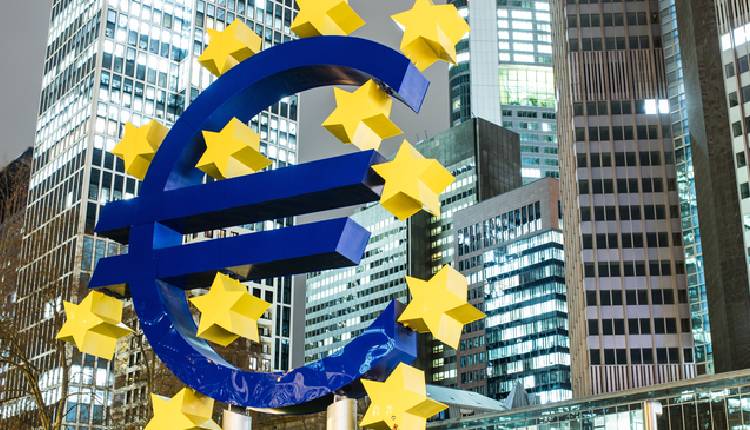The eurozone construction sector continued to show weakness through the third quarter, according to the HCOB PMI survey on Thursday.
The HCOB Eurozone Construction PMI Total Activity Index, a seasonally adjusted index tracking month-on-month changes in total industry activity, held steady at 41.4, marking a six-month low and extending the sector’s contraction to 28 months.
New orders fell for the twenty-ninth consecutive month, contributing to reduced construction activity across Germany, France, and Italy.
Germany experienced the sharpest decline in three months, while contractions in France and Italy were somewhat milder.
Housing, commercial activity, and civil engineering all saw substantial reductions, with housing experiencing its steepest drop since April 2020.
Employment and purchasing activity continued to decrease, with staffing levels falling for the eighteenth month and purchasing activity declining for the twenty-seventh consecutive month.
Supplier delivery times improved for the fifth month, reflecting weaker demand for inputs.
Input prices rose moderately, with inflation reaching a six-month high despite remaining below long-term averages. German construction firms saw input costs decrease, while prices in France and Italy increased.
Looking ahead, construction firms remain pessimistic, with negative outlooks prevailing across the sector.
This persistent downturn places pressure on the European Central Bank to consider interest rate cuts as inflation approaches the ECB’s target.
“The crisis in the European construction sector shows no signs of abating. The HCOB PMI remained stagnant in August at 41.4 points, indicating a continued contraction.” Tariq Chaudhry, economist at Hamburg Commercial Bank, said.
“The particularly weak performance of the largest economies in the Eurozone—Germany and France—weighs heavily on the index. Especially the housing sector presents a troubling trend. With the construction sector remaining sluggish, pressure is mounting on the European Central Bank (ECB) to counteract with interest rate cuts, especially as inflation in the Eurozone came in at 2.2 per cent year-on-year in August, nearing the ECB’s target rate.”
Attribution: S&P Global
Subediting: Y.Yasser




